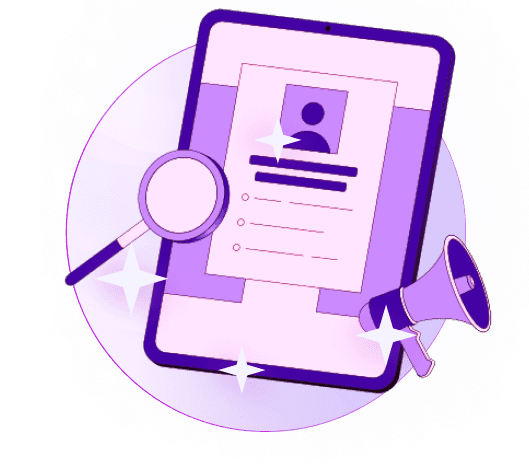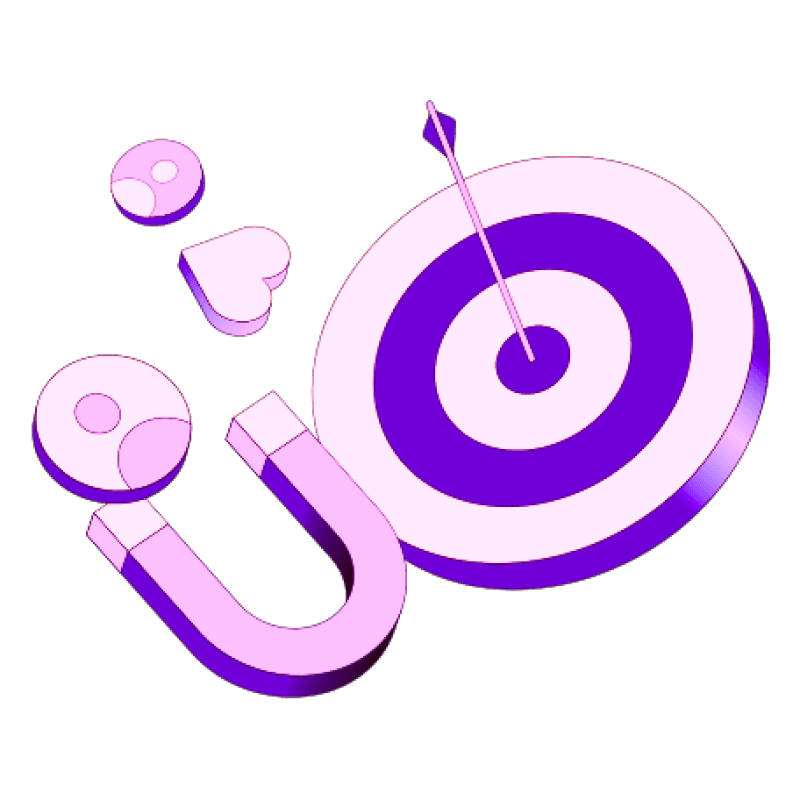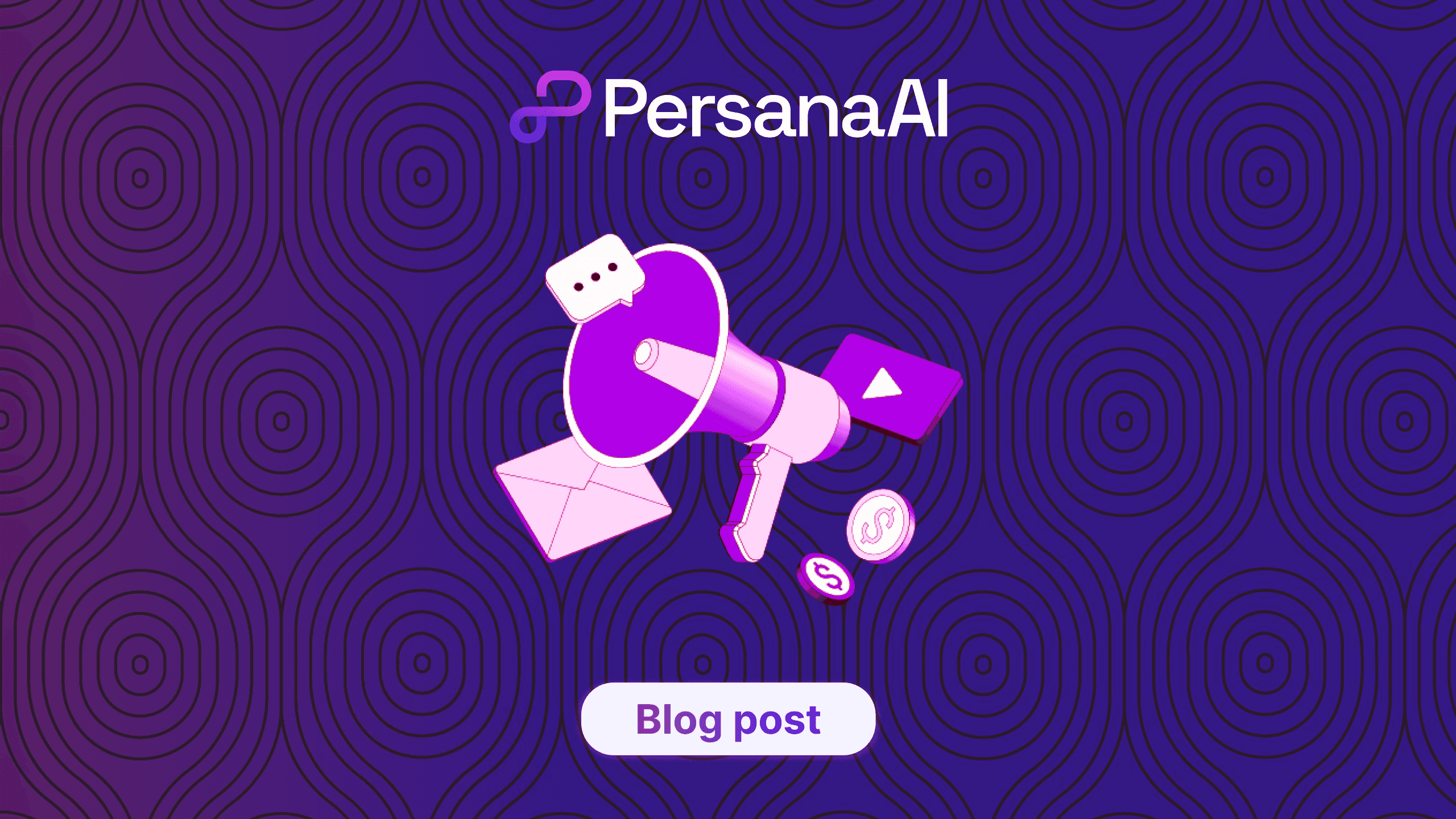Blogs
Articles

5 Mistakes to Avoid in Your Cold Email Follow-Up Strategy
5 Mistakes to Avoid in Your Cold Email Follow-Up Strategy
Cold emailing can feel like throwing spaghetti at a wall and hoping something sticks. Whether you’re reaching out to potential clients, partners, or anyone you want to connect with, following up is vital. However, if you’re not careful, your follow-up strategy can hinder your efforts instead of helping. Let’s dive into five common mistakes people make when following up on cold emails and how to avoid them.
1. Timing Issues: Finding the Sweet Spot
One of the most common mistakes in cold email follow-ups is poor timing. Reach out too soon, and you risk annoying your recipient; wait too long, and they might forget who you are. So, how do you find that sweet spot?
Tip: Wait about 3 to 5 business days after your initial email before sending a follow-up. This timeframe respects the recipient's schedule while keeping you fresh in their minds. Test different intervals to see what works best for your audience and make notes to refine your timing in future communications.
Additionally, consider the day of the week. Studies show that Tuesdays and Thursdays often yield better response rates for emails.
2. Lack of Personalization: Skip the Generic Templates
Sending generic follow-ups that feel like mass emails is a huge mistake. If your aim is to build rapport, this approach falls flat. Personalized emails show that you've taken the time to understand the recipient, making them significantly more effective.
Tip: Always include the recipient's name and reference something specific about them or their business. For instance, start your follow-up by saying, "I noticed you recently wrote about [topic]—I loved your insights and thought we could explore some synergies." This makes your email relatable and increases the likelihood of a response.
3. Forgetting to Add Value: Make It Worth Their Time
Many cold emails simply ask for a response, missing the opportunity to provide value. If your follow-up doesn’t offer something useful, it’s likely to get ignored in a crowded inbox.
Tip: Briefly reiterate the value you bring to the table in your follow-up. Rather than restating your initial request, include new information that will pique their interest, such as a relevant statistic or a useful resource. For example, “I came across a statistic indicating that [specific fact related to their industry]. I believe this could enhance what we discussed in my previous email.”
4. Failing to Craft a Compelling Subject Line
Even if your cold email follow-up is well-written, a weak subject line could mean it gets ignored. Focusing only on the email’s content without attention to the subject line is a common mistake.
Tip: Write subject lines that evoke curiosity or urgency. Instead of a bland "Follow-Up," try something more engaging like "Quick Thoughts on Our Last Discussion" or "Unlocking New Opportunities Together." Keep your subject lines short and clear, and test different lines to see which yield better open rates.
5. Not Tracking Responses: Monitor Engagement
Failing to track responses to follow-up emails is a missed opportunity. Without monitoring who responds and who doesn’t, you can’t adjust your strategy effectively.
Tip: Use tools or CRM software to track your outreach and measure engagement. This allows you to tweak your approach based on data. For example, you may notice that certain subject lines or follow-up timings lead to better response rates. Tools like Persana.ai make this process easy by tracking interactions and helping tailor follow-ups to enhance your cold emailing strategy.
In summary, avoiding these common cold email follow-up mistakes can be a game-changer for your outreach strategy. Focus on timing, personalization, adding value, crafting compelling subject lines, and monitoring responses. By integrating these practices, you can turn your cold email follow-ups into effective communication tools that capture attention and yield results.
For more insights and tools to streamline your email strategy, give Persana.ai a try. It could help you craft the perfect follow-up next time!

Create Your Free Persana Account Today
Join 5000+ GTM leaders who are using Persana for their outbound needs.
How Persana increases your sales results
One of the most effective ways to ensure sales cycle consistency is by using AI-driven automation. A solution like Persana, and its AI SDR - Nia, helps you streamline significant parts of your sales process, including prospecting, outreach personalization, and follow-up.



